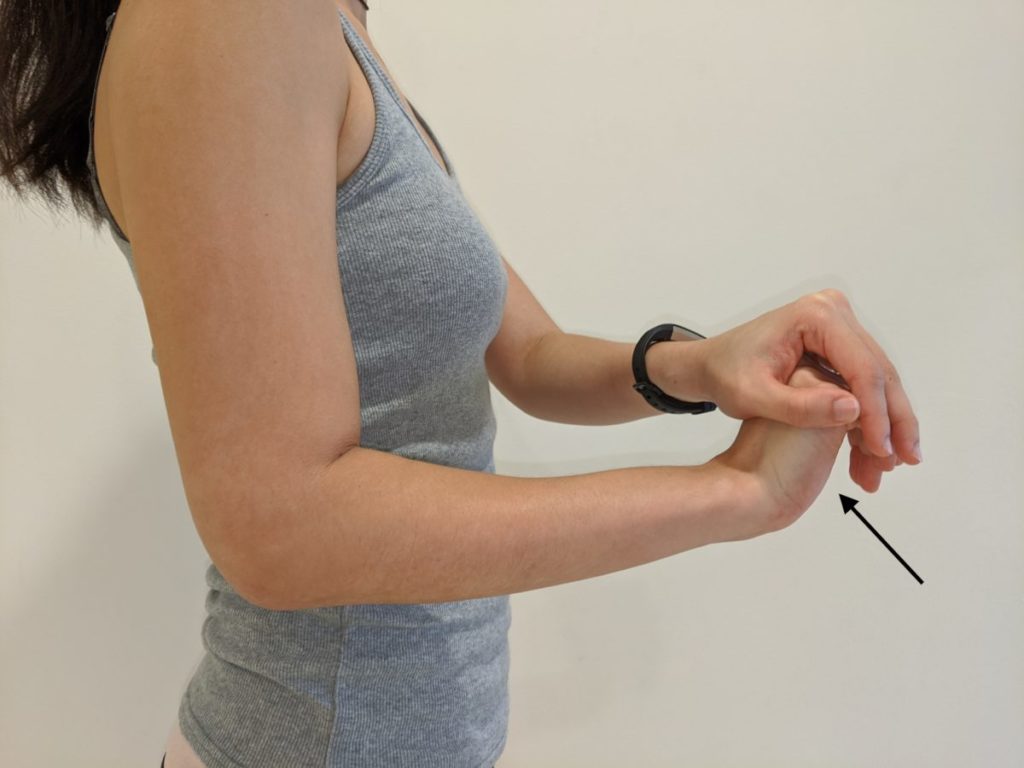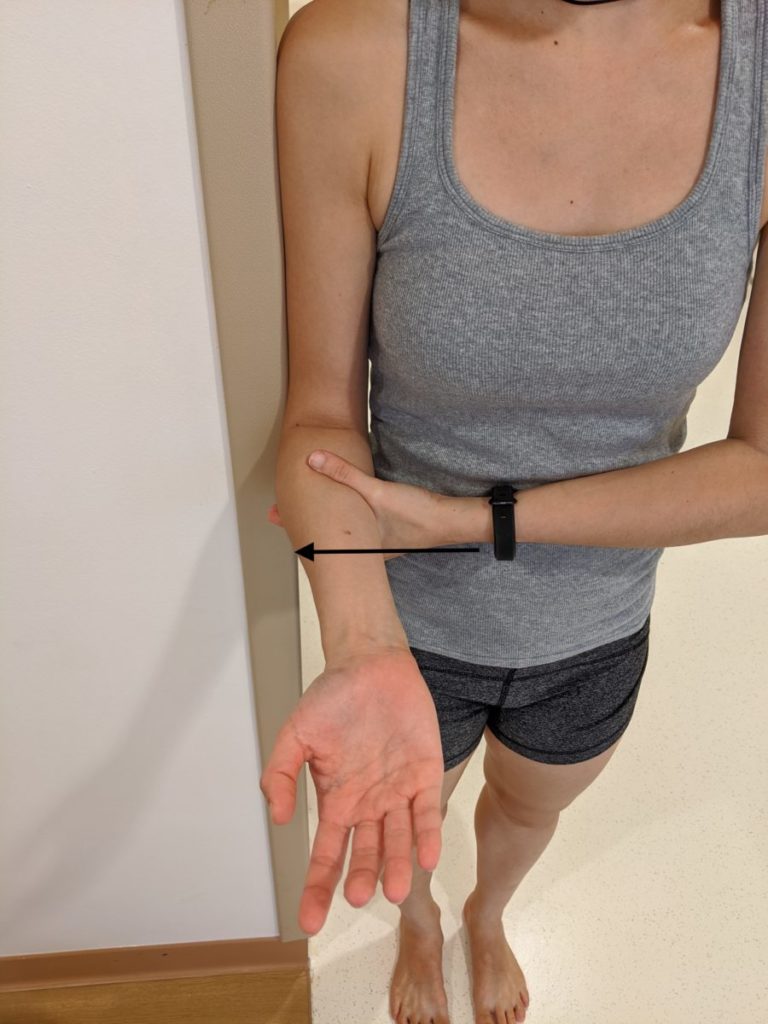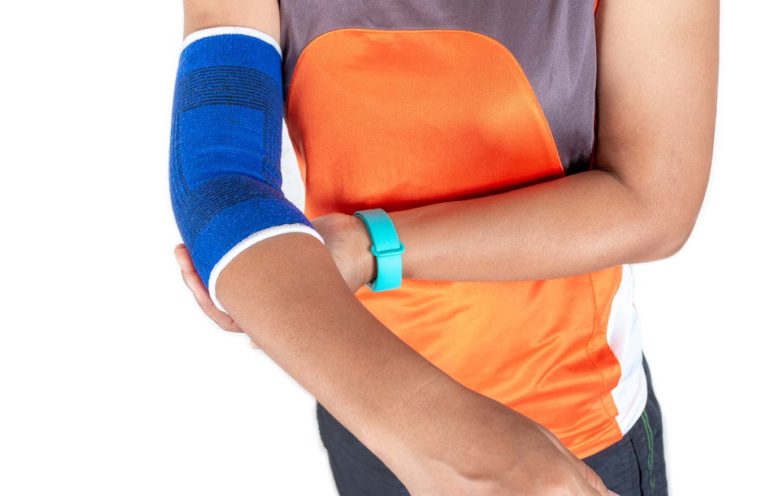Rehabilitation Exercises for Tennis Elbow
What is it?
Lateral epicondylitis, also known as “Tennis Elbow”, is the most common overuse syndrome in the elbow. This injury is often related to activity that involves repetitive wrist extension, as the extensor muscles of the forearm originates from the lateral epicondyle.
What does it involve?
1. Start by avoiding activities and movements that increase pain during the first few days after injury. However, complete rest is not advisable for tendinopathy. Complete rest of tendon is catabolic to the tendon as 1) tendon tissues lose structure and 2) it results in reduction in strength which further increases the load on the affect tendon.
2. Use an elbow brace to help relieve tension on the attachment site. The brace should be applied around the forearm, with the padding over the wrist extensor muscles.
3. Isometric exercises have been shown to be an effective tool in reducing tendon pain. You can perform isometric wrist extension or grip with your arm against an edge of the wall and push your forearm towards the wall to apply a lateral glide to the elbow. Repeat the above for 6 to 10 repetitions.

You can also perform the above with your arm against an edge of the wall and push your forearm towards the wall to apply a lateral glide to the elbow.

4. Wrist extensor massage – During this period, you might feel your forearm muscle tight regularly. It is advisable for you to try gentle massage over forearm area (not on the elbow bone) to relieve the tightness feeling.
What can be treated?
Rehabilitation attempts to restore the health of tendon and optimise your performance in sports.
Goals during initial phase of rehabilitation
- Reduction of pain
- Gradual increase in activity level, guided by symptoms
What are the benefits, risks, and side effects?
There are very few risks and side-effects associated with rehabilitation exercises to treat your symptoms. At most, there may be a temporary flare of the symptoms, due to re-activation of areas that have been offloaded due to pain or other limitations.
The key benefit is that rehabilitation can help with recovery of function and return to normal activity in a conservative way, which may or may not require the addition of other treatments. This forms the core to your recovery.
What do I need to do afterwards?
It is imperative that you continue to do the exercises as regularly as possible and attend your follow up appointments if provided. This enables the physiotherapy team to monitor your progress and adapt your exercises to your individual needs.
What are the common misconceptions?
It is often expected that once you attend a physiotherapy session, that your symptoms will improve without further input. In most situations this is not the case and it requires you, as a patient, to be proactive in your rehabilitation.
If you feel that your symptoms are not improving, or are worsening (such as pain or weakness on gripping), and you have tried the above, it would be good to have your problem assessed as soon as possible.
Visit your sports medicine team for a detailed assessment with your specialist physicians and physiotherapists. Together, they can help investigate and develop a rehabilitation plan that is specific for you and your sport, and advise on methods to gradually improve the elbow function.
